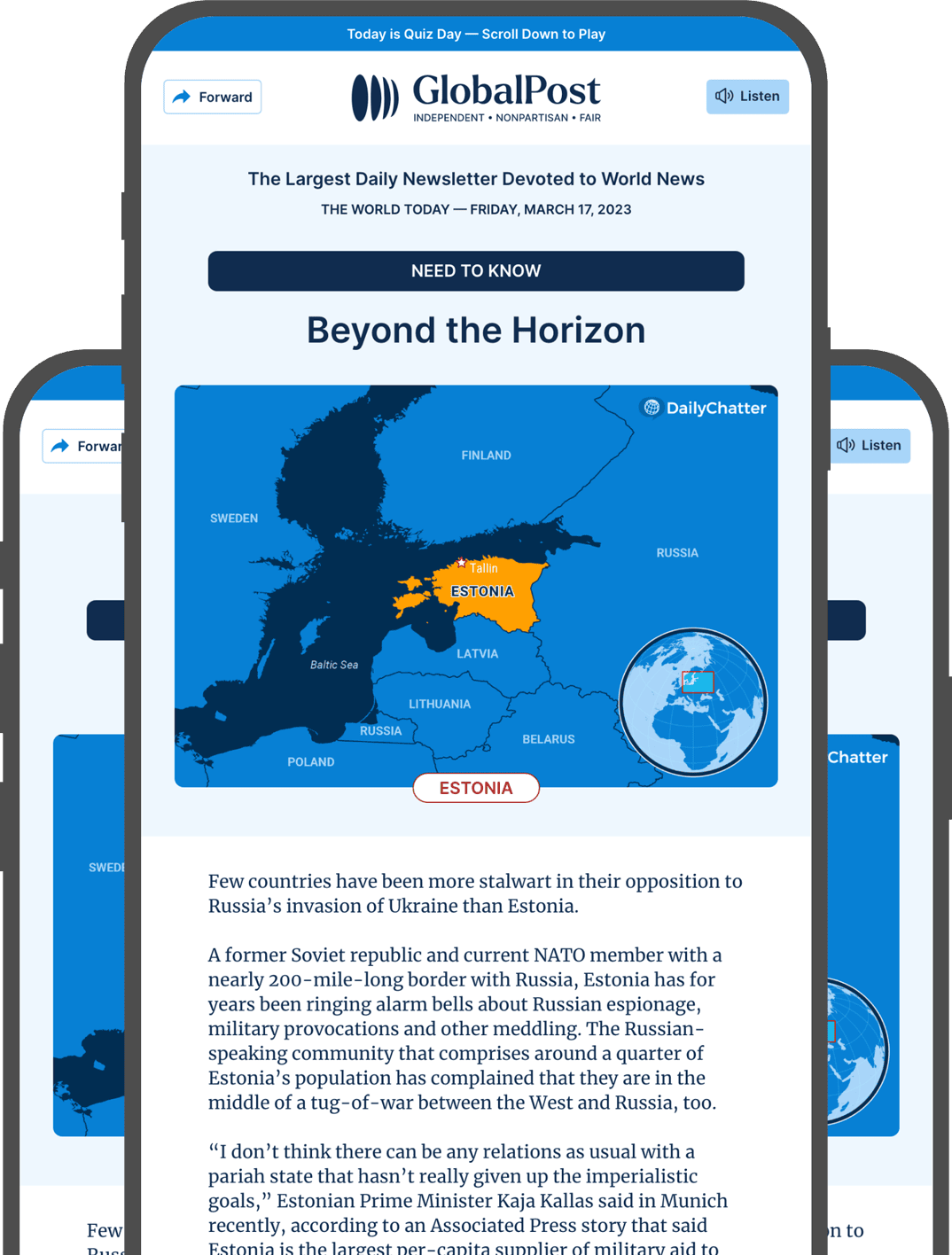A Fish, a Civilization

Archeologists working in Belize have discovered the oldest example of a network of man-made canals and ponds used to trap freshwater fish, a 4,000-year-old construction that may have helped the region’s semi-nomadic inhabitants develop into an advanced civilization – and much earlier than initially thought, according to a new study.
“It seems likely that the canals allowed for annual fish harvests and social gatherings, which would have encouraged people to return to this area year after year and congregate for longer periods of time,” said study co-author, Marieka Brouwer Burg, professor of anthropology at the University of Vermont, adding: “Such intensive investments in the landscape may have led ultimately to the development of the complex society characteristic of the pre-Columbian Maya civilization.”
According to the study, the miles of zigzag, earthen canals used to channel annual floodwaters into holding ponds to capture freshwater fish were built as early as 4,000 years ago by semi-nomadic archaic hunter-gather-fishers of the Late Archaic period (2000-1900 BCE) in the Yucatán coastal plain.
Researchers believe the inhabitants of the region were harvesting enough fish to feed up to 15,000 people a year. And after about 1,000 years, the waterways were used by these people’s Maya descendants when they started to settle in permanent farming villages.
“The early dates for the canals surprised us initially because we all assumed these massive constructions were built by the ancient Maya living in the nearby city centers,” said study co-author Eleanor Harrison-Buck of the University of New Hampshire. “However, after running numerous radiocarbon dates, it became clear they were built much earlier.”
The waterways were found using Google Earth imagery and drones, a method that recently helped scientists to locate undiscovered Mayan structures.
After discovering the canals, the research team conducted digs in the Crooked Tree Wildlife Sanctuary, the largest inland wetland in Belize. They found barbed spearpoints near the canals, suggesting that they might have been tied to sticks and used to spear the fish.
Researchers believe that the ancient fishing channels may have played a role in helping advance the Mayan civilization, which is known for its impressive pyramids and complex cities as well as its advanced systems of writing and arithmetic, because its ancestors had already built a foundation for them.
Specifically, the canals helped the ancestors of the Mayans to diversify their diets and feed the growing population, allowing them to form a thriving society earlier than initially thought. The discovery also challenges previous notions that the society’s development was due to the development of agriculture.
“For Mesoamerica in general, we tend to regard agricultural production as the engine of civilization,” said Harrison-Buck. “But this study tells us that it wasn’t just agriculture – it was also potential mass harvesting of aquatic species.”

Subscribe today and GlobalPost will be in your inbox the next weekday morning
Join us today and pay only $46 for an annual subscription, or less than $4 a month for our unique insights into crucial developments on the world stage. It’s by far the best investment you can make to expand your knowledge of the world.
And you get a free two-week trial with no obligation to continue.
